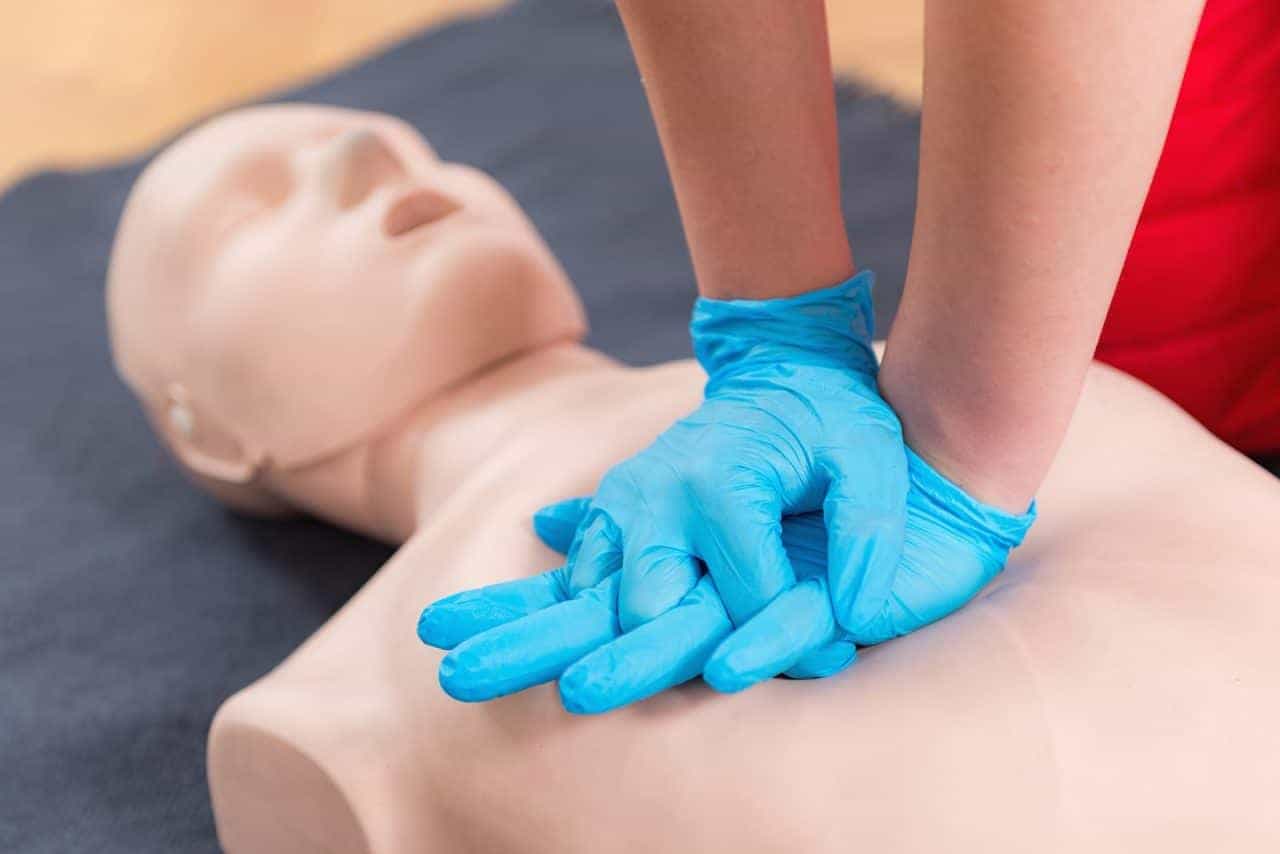If you’ve been reading our other blog articles, you already know that first aid is literally vitally important. The simple procedures you can learn in a first aid training Toronto course or even by just reading a first aid manual can help you prevent the death of a co-worker, friend or loved one in an emergency.
What is it though, specifically, that a first aid Mississauga or Edmonton first aid training course teach? What concrete scenarios does first aid training Toronto prepares you for and what exact actions are you taught to take in each? First of all, first aid is not meant to teach you heal a person, but to keep them alive until the medical professionals show up.
This being said, here are two of the main scenarios you will learn how to deal with in a first aid Toronto training:
First Aid for Breathing Difficulties
When a person has difficulty breathing, the first thing to check for is to see if they respond to speech or touch. This will determine the severity of their condition.
Here is the general guideline of essential actions to to take from there:
1. Call for help immediately.
2. Place the person on their back.
3. Tilt the person’s head back to have their chin point upwards. This is done to prevent their tongue from blocking the breathing tract.
4. Check for breathing by looking if the chest is rising at all, placing your ear next to their mouth. This check should be performed as briefly as possible, no more than 10 seconds in total.
5. If shallow breathing is registered, keep the victim’s head in this position until a paramedic team arrives. If not, begin performing CPR immediately*
* CPR is a topic in its own right, on which we have a separate set of articles.
First Aid for Bleeding Injuries
The first thing in all types of bleeding, is to stop the flow of blood. From here on the treatment will depend on the type of bleeding wound.
Small Cuts in the veins are easiest to treat. Once the blood’s been stopped, it will likely clot within a few minutes. Wash the area and apply a plaster on it.
Deeper Cuts can be identified by them producing darker blood at a steadier flow. It can be treated by applying steady pressure on the wound. It should be applied directly on the cut with a sterile cloth with the subsequent application of a bandage. Those wounds will usually require stitching afterwards.
Arterial Bleeding is the most dangerous and will require a doctor’s attention as soon as possible. This wound will squirt blood in gouts and can lead to death within as little as several minutes. Hard pressure must be applied to the wound. It should be bandaged tightly and immediately with a constant pressure kept on it all the time.
In bleeding emergencies, time is a crucial factor, so having the knowledge to stop bleeding could be crucial to keeping your loved ones safe. In this instructional video, we demonstrate essential methods for rapidly controlling bleeding in emergency situations. Whether you’re at home, at work, or outdoors, knowing these techniques can make a crucial difference in providing immediate aid. Join us as we cover practical steps and tools that can help you effectively manage and mitigate bleeding incidents.
This is not all, naturally. There are also Nosebleeds, Choking, Shock and other emergencies you will be taught to deal with in a Toronto first aid training course. We will be glad to elaborate on those topics in our future publications, so stay with us.
If you really want to know more, feel free to contact us directly at Coast2Coast First Aid and Aquatics and enroll to a course in one of our first aid training centers in the GTA.












